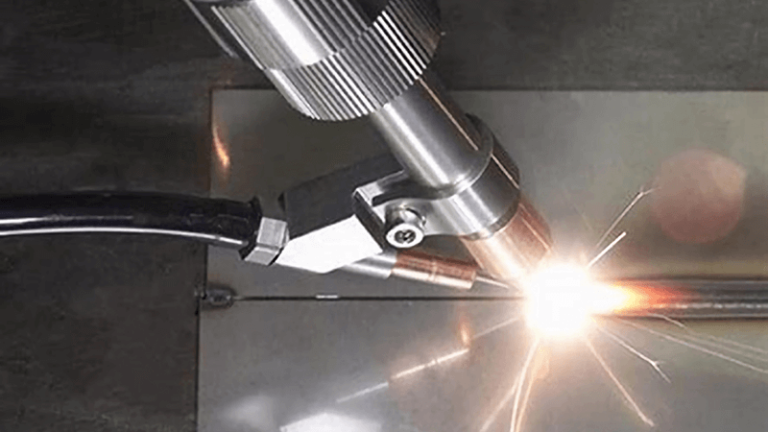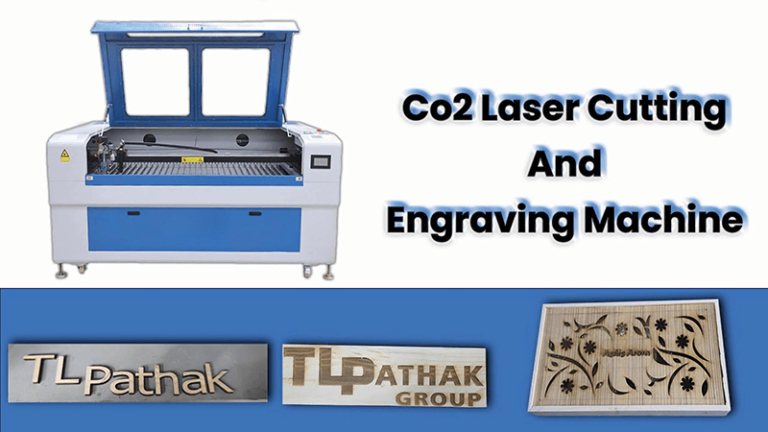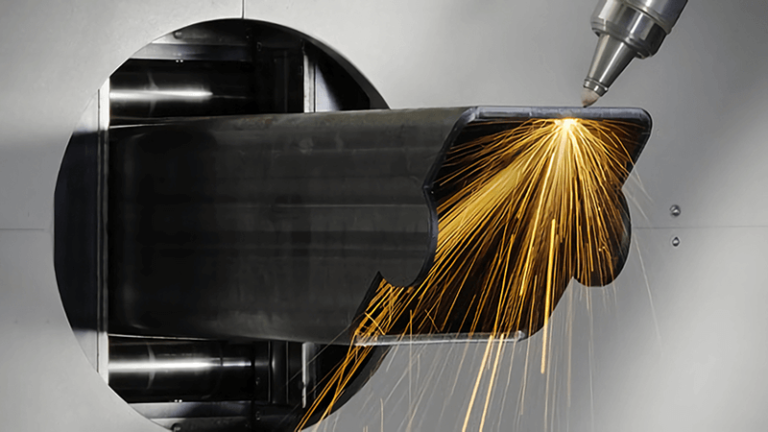Choosing the right laser cleaning machine can be a daunting task, especially with so many options on the market. However, when you consider the key factors that make a laser cleaning machine effective, the decision becomes much clearer. Let’s walk through the process of selecting the best machine for your needs.
Laser cleaning machines offer advanced technology for surface cleaning, rust removal, and even paint stripping. Understanding your needs and budget will guide you to the best machine for your specific application. In this guide, we’ll explore top options, why you should choose laser cleaning, and how these machines can be used effectively.
Before making a purchase, it’s crucial to understand the various types of laser cleaning machines, their applications, and how they can fit into your specific needs. Let’s break it down to ensure you’re choosing the right one.

What are the best options for buying a laser cleaning machine?
With a growing range of laser cleaning machines1 available, how do you know which one to choose? Whether you need a machine for small-scale rust removal or heavy-duty industrial applications, understanding the different models and features will help you make an informed decision.
The best laser cleaning machines2 combine power, efficiency, and durability. Models such as the handheld laser cleaners or robotic arm-based systems cater to a variety of needs, from rust and paint removal to delicate surface cleaning.
When purchasing a laser cleaning machine3, ensure that it fits your specific requirements. Key considerations include the laser power (measured in watts), which determines the machine’s cleaning speed and efficiency. High-power machines are faster but come at a higher cost. You’ll also want to consider the wavelength of the laser, as certain wavelengths are better for different materials.
On the other hand, for large-scale operations, an industrial-grade system may be more appropriate. These machines are designed for high-volume cleaning and often come with advanced features such as automated systems and integration with robotic arms. They are suitable for heavy-duty applications, such as cleaning large metal structures or entire production lines.
When purchasing a laser cleaning machine, ensure that it fits your specific requirements. Key considerations include the laser power (measured in watts), which determines the machine’s cleaning speed and efficiency. High-power machines are faster but come at a higher cost. You’ll also want to consider the wavelength of the laser, as certain wavelengths are better for different materials. A machine that uses multiple wavelengths can be versatile and handle a variety of materials, including metals, plastics, and even concrete.
It's also important to choose a machine that has a reliable cooling system. Laser cleaning can generate a lot of heat, so an effective cooling mechanism is essential to prevent overheating and extend the life of the equipment.
| Feature | Handheld Laser Cleaner | Industrial Laser Cleaner |
|---|---|---|
| Power | Low to Medium | High |
| Mobility | High | Low |
| Cost | Affordable | Expensive |
| Cooling System | Basic | Advanced |
| Application Scale | Small to Medium | Large Scale |
| Material Versatility | Low | High |
| Maintenance Requirement | Low | High |

Why should I choose a laser cleaning machine?
If you’re still on the fence about investing in a laser cleaning machine4, it’s time to consider the numerous advantages this technology brings. From efficiency and precision to environmental benefits, laser cleaning is quickly becoming the preferred choice in many industries.
[Laser cleaning machines](How does laser cleaning remove rust and contaminants without damaging the surface?)5 are a superior choice due to their ability to remove rust, contaminants, and coatings without damaging the underlying material. They also minimize environmental impact and reduce the need for harsh chemicals, making them a sustainable option for businesses.
Laser cleaning offers a range of benefits that make it an attractive choice over traditional methods like sandblasting or chemical cleaning. One of the most significant advantages is the precision it offers. Traditional cleaning methods can be messy and damaging to the underlying material, often causing scratches or abrasions. Laser cleaning6, however, is a non-contact method, which means it only removes the contaminants or coatings without affecting the surface underneath.
Laser cleaning is also more efficient than other methods. It can clean surfaces faster and with more accuracy, reducing the amount of time required for each cleaning job. This leads to higher productivity and lower labor costs in the long run. Furthermore, laser cleaning requires little maintenance, reducing downtime and ensuring that your equipment continues to perform at its best for years to come.
Another key benefit is the environmental aspect. Unlike traditional cleaning methods that may involve toxic chemicals or produce a lot of waste, laser cleaning is eco-friendly. The process doesn’t generate harmful residues, and because it doesn’t require abrasive materials, there’s less waste produced during cleaning. This makes it a cleaner, greener solution that is increasingly becoming the choice for industries looking to minimize their environmental impact.
Additionally, laser cleaning is highly versatile. It can be used on a wide variety of materials, including metals, plastics, and ceramics. Whether you’re dealing with rust, paint, or other contaminants, a laser cleaning machine can handle the task. Plus, it can be used in a wide range of applications, from industrial cleaning to delicate surface treatments, making it a flexible solution for many industries.
| Benefit | Laser Cleaning | Traditional Cleaning |
|---|---|---|
| Precision | High | Low |
| Efficiency | Fast | Slow |
| Environmental Impact | Low | High |
| Surface Damage | None | Possible |
| Versatility | High | Limited |
| Maintenance | Low | High |
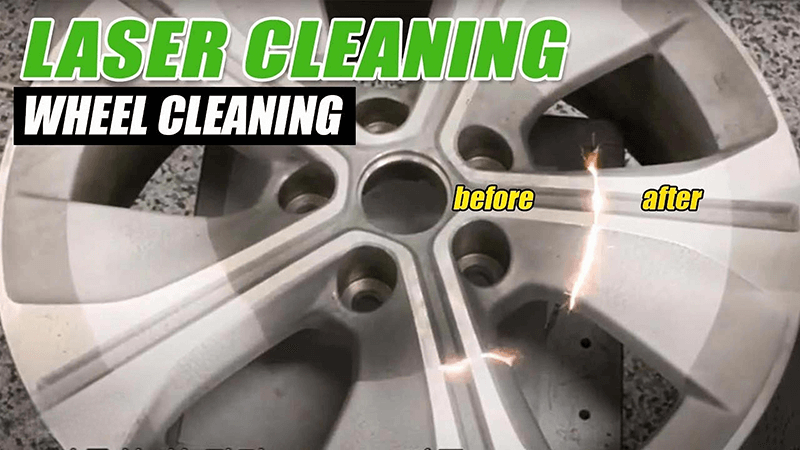
How to use laser cleaning rust removal machines?
Laser cleaning machines are particularly effective in removing rust from metal surfaces, but knowing how to operate them properly is essential to get the best results. Let’s walk through the process of using a laser cleaning rust removal machine7.
To use a laser cleaning rust removal machine, you simply point the laser beam at the rusted area. The laser energy breaks down the rust, which is then vaporized or blown away, leaving the underlying metal clean and intact. Proper settings are key for optimal results.
Using a laser cleaning machine for rust removal8 is straightforward, but achieving optimal results requires understanding the machine’s settings and how they interact with the material. The process begins with setting the correct laser power. If the power is too low, it won’t effectively remove the rust. If it’s too high, you risk damaging the underlying metal.
Once the correct power is set, the operator directs the laser at the rusted area. The laser beam targets the rust, causing it to heat up and break apart. The rust is then either vaporized or blown away by a stream of air or gas, depending on the specific machine configuration. The key here is controlling the duration and intensity of the laser beam to ensure that only the rust is removed without affecting the metal surface.
Laser cleaning for rust removal is not just efficient but also cost-effective. Since it requires no abrasives, chemicals, or water, it reduces the need for expensive consumables and minimizes waste. Moreover, laser cleaning9 is a faster process compared to traditional methods like sandblasting, reducing downtime and speeding up the overall workflow.
It’s important to note that laser rust removal is best suited for certain types of metals, particularly steel and iron. For other materials, such as aluminum or brass, you may need to adjust the settings or use a different type of laser.
| Step | Laser Cleaning Process | Traditional Cleaning Process |
|---|---|---|
| Power Settings | Adjustable | Fixed |
| Rust Removal Method | Vaporization or Blowing Away | Sandblasting or Abrasive |
| Consumables | None | High (abrasives, chemicals) |
| Time Efficiency | Fast | Slow |
| Surface Damage Risk | Low | High |
| Cleaning Environment | Clean | Dusty, Contaminated |
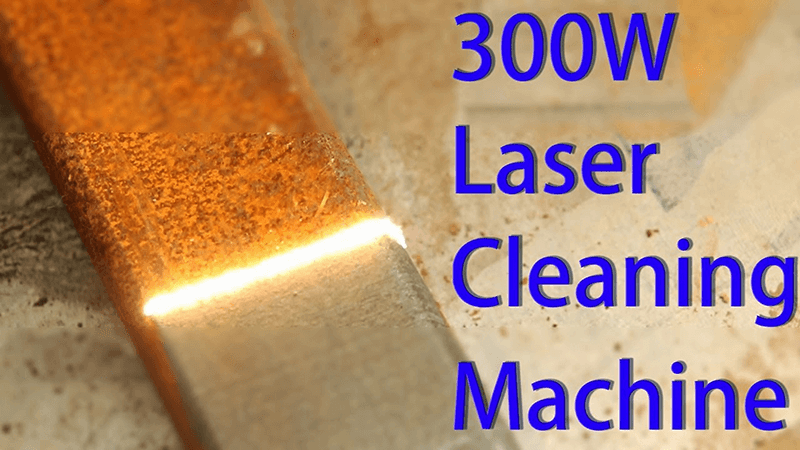
All Applications about laser cleaning machine
Laser cleaning machines aren’t just for rust removal. They have a wide range of applications across various industries, from automotive to aerospace and beyond. Let’s explore the many uses of laser cleaning technology10.
Laser cleaning can be used for a variety of tasks, including paint removal, surface preparation, graffiti removal, and even cleaning delicate parts in the medical industry. Its versatility makes it a valuable tool in many fields.
Laser cleaning has a broad range of applications that make it useful in industries far beyond just rust removal. One of the most common uses is paint removal11. Whether you’re dealing with industrial machinery, automotive parts, or metal structures, laser cleaning can efficiently remove layers of paint without damaging the underlying material. The precision of the laser ensures that only the paint is affected, making it an ideal solution for intricate or delicate surfaces.
In the aerospace industry12, laser cleaning is used to prepare metal surfaces for coatings or bonding. The ability to clean surfaces without causing damage is crucial in aerospace applications, where even the smallest imperfection can affect performance or safety.
Laser cleaning is also used in the automotive industry13 for tasks such as cleaning parts before welding or coating. The high precision of laser cleaning ensures that parts are perfectly prepared for the next stage of production, improving overall quality and reducing defects.
Additionally, laser cleaning has found a niche in the medical industry14, where it’s used to clean surgical instruments or delicate components in medical devices. In this case, laser cleaning helps remove contaminants without causing any damage to the sensitive materials.
| Industry | Application | Benefit |
|---|---|---|
| Automotive | Paint Removal, Surface Prep | Fast, Non-Damaging |
| Aerospace | Surface Preparation, Bonding | High Precision, No Damage |
| Medical | Cleaning Surgical Instruments | Safe, Non-Contact |
| Industrial | Rust and Contaminant Removal | Efficient, Eco-Friendly |
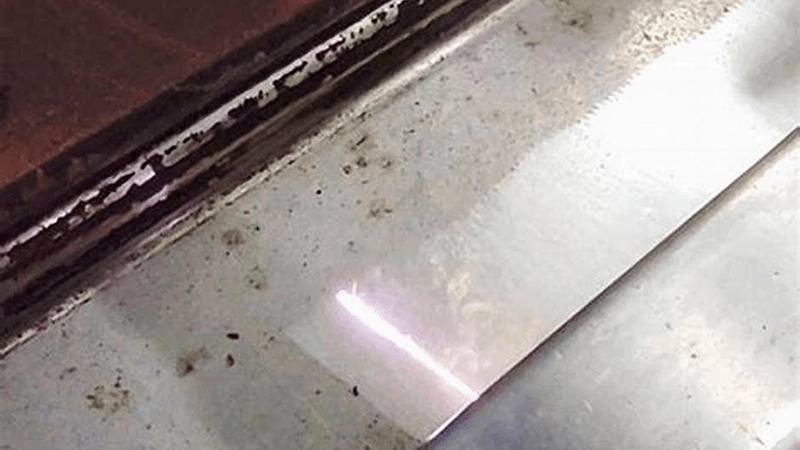
Conclusion
In conclusion, choosing the right laser cleaning machine comes down to understanding your specific needs and the type of work you plan to use it for. Whether you’re in the automotive, aerospace, or industrial sector, there’s a laser cleaning machine that fits your requirements. Companies like Kirin Laser offer high-quality machines that provide exceptional performance, efficiency, and versatility. Investing in the right machine can enhance your production, improve safety, and reduce costs in the long run.
Kirin Laser has different kinds of laser cleaaning machine, do not hesitate to get your solutions 15 from us.
-
Helps understand the variety of laser cleaning machines and their uses in different industries. ↩
-
Explains the factors that make laser cleaning machines effective in various applications. ↩
-
Explains the significance of laser power in the cleaning speed and efficiency of machines. ↩
-
Offers insights into the reasons behind the increasing popularity of laser cleaning in industrial applications. ↩
-
Explains the non-contact nature of laser cleaning and its ability to target contaminants without harming the material. ↩
-
Highlights how laser cleaning compares to traditional methods like sandblasting and chemical cleaning in terms of precision and efficiency. ↩
-
Explains the process of laser rust removal and how it works effectively on metal surfaces. ↩
-
Provides tips on adjusting laser settings to achieve the best rust removal results. ↩
-
Compares the speed and efficiency of laser cleaning versus traditional methods like sandblasting. ↩
-
Explores the diverse industries where laser cleaning is used beyond rust removal. ↩
-
Explains how laser cleaning can effectively and safely remove paint from various surfaces. ↩
-
Describes how laser cleaning is used to prepare surfaces in aerospace applications to ensure performance and safety. ↩
-
Highlights the role of laser cleaning in automotive manufacturing for improving quality and reducing defects. ↩
-
Explains the use of laser cleaning in medical device maintenance, focusing on precision and safety. ↩
-
Know more about laser cleaning machine here if you are interested. ↩


